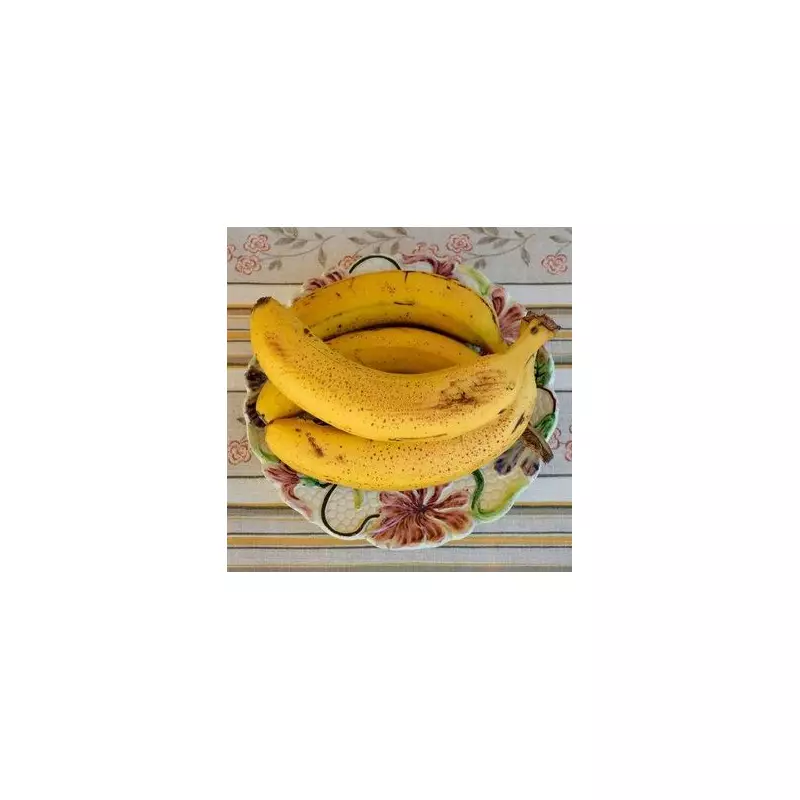
Brits are being urged to rethink how they store bananas after experts revealed a common kitchen habit is causing them to spoil prematurely, contributing significantly to the UK's food waste problem.
The supermarket mistake accelerating ripening
The journey to longer-lasting bananas begins at the supermarket. A food hygiene specialist at High Speed Training advises shoppers to avoid bananas that come packaged in plastic bags, even those with perforations. This packaging traps a natural gas called ethylene that the fruit emits, dramatically speeding up the ripening process and leading to brown spots within just a day or two.
Why your fruit bowl is the wrong place
Contrary to popular practice, the classic fruit bowl is one of the worst places to keep bananas. The expert recommends placing them separately on a countertop instead. The ideal spot is at room temperature, away from direct light, moisture, and any heat sources.
"Anywhere too warm will speed up the ripening process, so avoid keeping them near ovens or warm appliances," the specialist warned. This simple relocation can make a substantial difference in their lifespan.
Two proven methods for extended freshness
For those seeking to maximise their banana's prime freshness, two effective techniques are recommended. Firstly, separating the bananas from the bunch slows down the ripening process for each individual fruit.
Secondly, and more effectively, you can wrap the stems in cling film or plastic wrap. "The ethylene gas is released from the stem of the banana," the expert explained. "Wrapping the stems reduces the amount of gas that will be able to travel down the fruit and therefore allows them to stay fresher for longer."
For a less hands-on approach, a banana tree stand can also help by ensuring the fruit is surrounded by air circulation.
Once bananas reach their perfect ripeness, placing them in the refrigerator can keep them in an edible state for up to two weeks. It's important not to be deterred by the skin turning brown in the fridge, as the inside flesh typically remains perfectly fine to eat.





